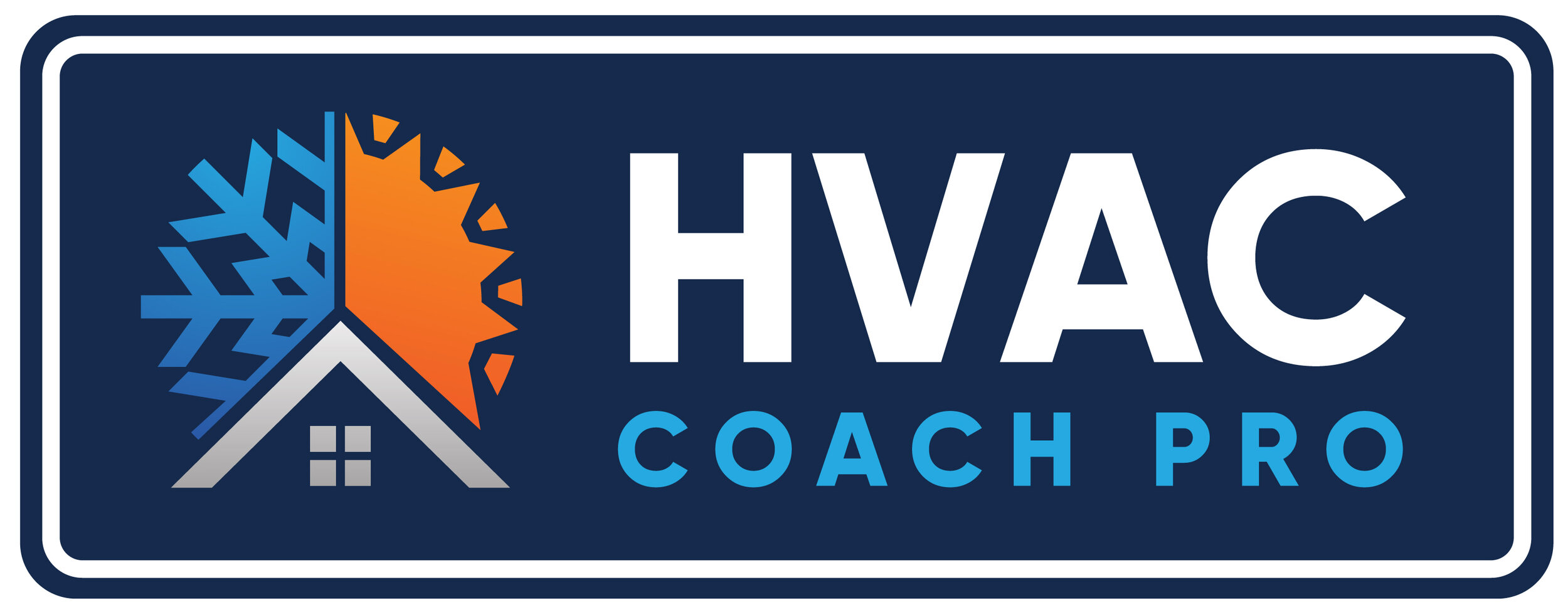The 4 Ps: Process, People, Product, Promote (Part 4 Promote)
Promote, the last P
When promoting a business is discussed usually the first thing that pops into mind is lead generation. Lead generation is important but there are many things to consider before getting on the lead generation bandwagon.
I have seen many a business be poor marketers because all they focus on is a lead generation. A few identifiers need to be determined first in order to determine at to what capacity of lead generation is required and how impactful the lead gen campaign would be. Look at lead generation like gas to a fire. If you have good containment or fire fighting ability, select good dry wood, stack it neatly, then pour the gas on this is the perfect scenario, now imagine if you didn’t have the all of those elements the chaos or lack of performance that could follow.
The worst case scenario, which is fairly common, is to pour gas on a fire but there is no wood there! How great will this fire be? Think of branding & your call to action as the “wood” and the gas is PPC (Google Pay Per Click) and GLSA (Google Local Service Ads). You can pour all the money you want into PPC but if you don’t have your branding right and a great call to action or two that align with the customer then it will be pouring gas on a woodless fire. Lastly being able to measure the market penetration resistance allows you to budget properly for an effective PPC budget & campaign.
Score we use: MPI, FPI, & P2P score explained
MPI or market penetration index is simple a score to illustrate in your given market currently how deep have you penetrated it and how much market penetration remains. This is also an indicator as to how competitive your market truly is.
We all believe we are in the most competitive market but this takes the subjectivity out of the conversation and makes it more factual. Market “hardness” is measured with various indicators such as overall population density, income demographics compared to regional expenses, finally cross referenced to regional digital market spend penetration versus other regional markets to determine an analytical score. The score is then cross referenced to a P2P score for a more formalized determination of marketing effectiveness.
P2P or Proximity to People is a score used to determine the home owner population density of your service area compared to the geographical location of your service location (as listed with Google) then cross referenced to ranking of digital marketing as well as organic marketing potential.
The final score is a FPI or Footprint Presence Index which is a score that is to determine your brand presence versus your competitors brand presence. Quality as well as quantity of reviews, number of your service trucks in the population density vs theirs, years in business, organic listing position, digital presence score, your P2P score, existing radio or tv spots, all are cross reference to compile the FPI score. With this score it is used to help identify if additional branding is required to improve your lead generation activity.
As you can see from the illustration above there is much to consider before just increasing PPC or running an ad. Based upon this data above also may dictate your offer or call to action. For example in a more competitive market you will be required to not only spend more on branding but also have a very strong offer in order for the marketing to connect. One way to improve branding even with just a few service vehicles is to purchase the exact same type and make of vehicle then letter or wrap them the exact same way. This way people see the wrapped vehicle more frequently, it is all about impression views just as in digital marketing. For example you could put sales people in empty service vans so the public thinks your service force is far larger than it is.
It took us years even as great marketers to understand the relationship of all of these numbers. We can help you as well.
